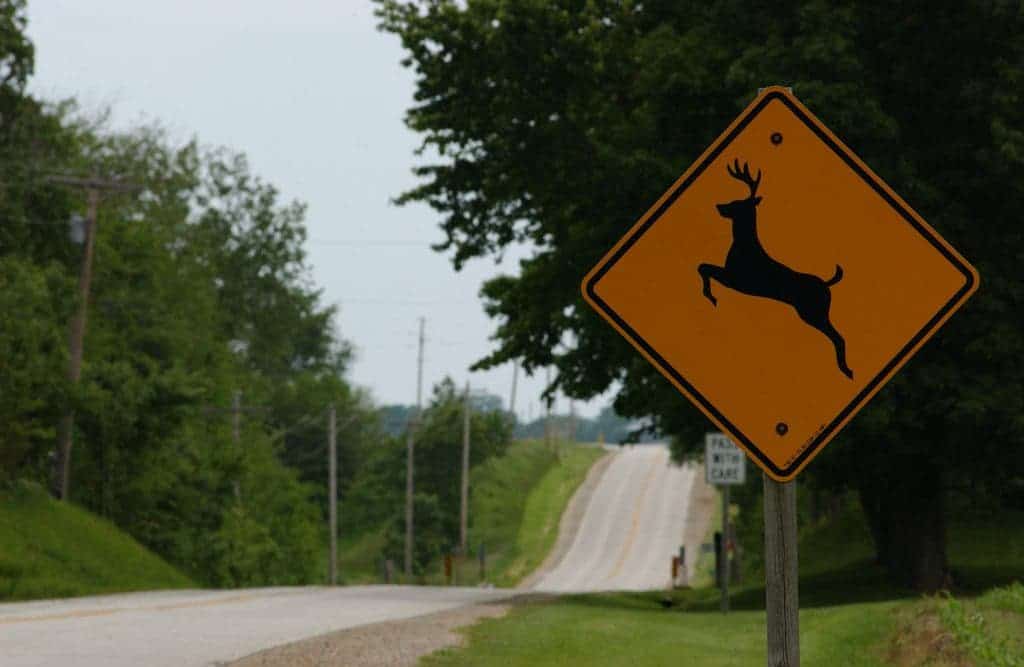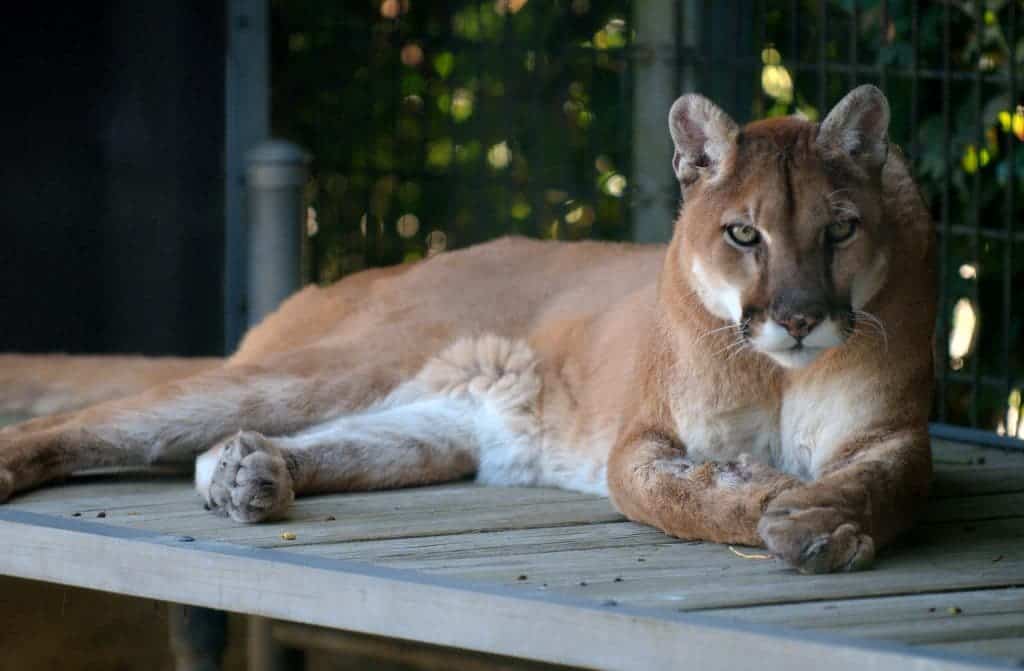Allowing cougars to re-populate back to their historic range could save hundreds of human lives and prevent tens of thousand of injuries, a new study reports. Counter-intuitive as this may seem, the numbers actually add up — while we may expect some property damage from the predators, they’d actually help us out in the end by keeping the US’s deer population in check.

Image credits State Farm/Flickr
If I asked you to pick the animals with the highest human death toll between deers and cougars, which would you pick? The cougars, undoubtedly. And you’d be wrong. Sure, a cougar is fiercer than a deer, it has both teeth and claws and isn’t shy about using them while a deer is uh…a nuisance? But by sheer weight of numbers (and an inability to act when confronted with headlights) white-tailed deer in the US cause more than a million car collisions, resulting in more than 200 deaths, every year.
By the early 1900s, we pushed cougars away from our cities because they were dangerous, but a new study suggests this exact trait is why we should bring them back. Laura R. Prugh, a wildlife scientist at the University of Washington, Sophie L. Gilbert, a wildlife ecologist at the University of Idaho and several colleagues argue that allowing eastern cougars to return to their historic range could prevent 155 human deaths, 21,400 human injuries, and save $2.3 billion over the course of 30 years.
The team bases their estimations on studies they performed in 19 states including South Carolina, Maine, Wisconsin, Ohio, and Missouri. Delaware, Rhode Island, Maryland and Illinois were historically part of the eastern cougar’s territory, however, they lack the required open forestland to support a viable cougar population today, the team reported. They also said that if left to their own devices, it’s entirely possible that the cougars will re-populate these areas on their own: over the past few decades, they’re been sighted in parts of the Midwest and more recently in the East. Dr. Prugh advocates for this kind of natural repopulation, which would face less resistance than a human-engineered one, she believes.

Image credits Wikimedia user Dcoetzee
They looked at the number of individuals to see how deer populations grow in each area, how many car crashes involve deer and how they increase as the deer population grows. They looked at cougars’ hunting behavior, and settled for an average of 259 deer kills per individual per average lifespan of 6 years, and an 850 square miles area of forested land needed to sustain a wild population of the felines.
They then tested several mathematical models to calculate the cougars’ effect on the deer population. The first question they needed to consider was if cougars would prey on the deer that are too starved, old, or sick to survive and don’t actually cause accidents. Dr. Prugh calculated for a “conservative” 75% of deer kills as animals that would’ve died anyway. They also considered that as adult deer decrease in number, more fawns survive — so killing deer doesn’t immediately shrink the population.
But it’s not all roses. The catch is that we’re dealing with dangerous, deadly predators here, which are perfectly capable of killing humans. Their population would stabilize at considerable numbers in some states — about 1000 in New York and Wisconsin each, around 350 in Missouri and between 8-15 in New Jersey, the team estimates. They also expect to see livestock loss of around US$2.35 million per year in the areas, and some pet loss, though the team wasn’t able to estimate this — since there is little data on what happens to pets after they are lost.
The scientists also estimated that we could expect less than one victim per year, for a total of under 30 lives lost, far less than the number of lives saved. But they admit that the emotional response to predators is one element they can’t factor in — no matter how many people are saved in the end, death by deer is very different to death by cougar.
“The idea of being killed in a car crash with a deer just doesn’t scare people the way the idea of a cougar leaping on your back in the woods does,” Dr. Prugh said.
But she hopes that if cougars do return to the Eastern states, an understanding that they could bring tangible benefits will make people “a little more accepting, even if they are still scared.”
The full paper titled ” Socioeconomic benefits of large carnivore recolonization through reduced wildlife-vehicle collisions” has been published online in the journal Conservation Letters.






